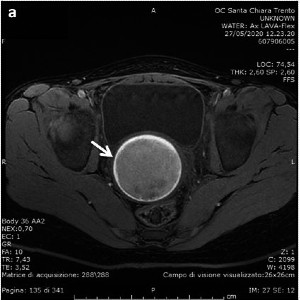Comparison between two different modes of non-invasive ventilatory support in preterm newborn infants with respiratory distress syndrome mild to moderate: preliminary data

Submitted: 24 November 2014
Accepted: 24 November 2014
Published: 31 August 2014
Accepted: 24 November 2014
Abstract Views: 6302
PDF: 4756
Publisher's note
All claims expressed in this article are solely those of the authors and do not necessarily represent those of their affiliated organizations, or those of the publisher, the editors and the reviewers. Any product that may be evaluated in this article or claim that may be made by its manufacturer is not guaranteed or endorsed by the publisher.
All claims expressed in this article are solely those of the authors and do not necessarily represent those of their affiliated organizations, or those of the publisher, the editors and the reviewers. Any product that may be evaluated in this article or claim that may be made by its manufacturer is not guaranteed or endorsed by the publisher.
Ciuffini, F., Pietrasanta, C., Lavizzari, A., Musumeci, S., Gualdi, C., Sortino, S., Colnaghi, M., & Mosca, F. (2014). Comparison between two different modes of non-invasive ventilatory support in preterm newborn infants with respiratory distress syndrome mild to moderate: preliminary data. La Pediatria Medica E Chirurgica, 36(4). https://doi.org/10.4081/pmc.2014.88
PAGEPress has chosen to apply the Creative Commons Attribution NonCommercial 4.0 International License (CC BY-NC 4.0) to all manuscripts to be published.


 https://doi.org/10.4081/pmc.2014.88
https://doi.org/10.4081/pmc.2014.88






